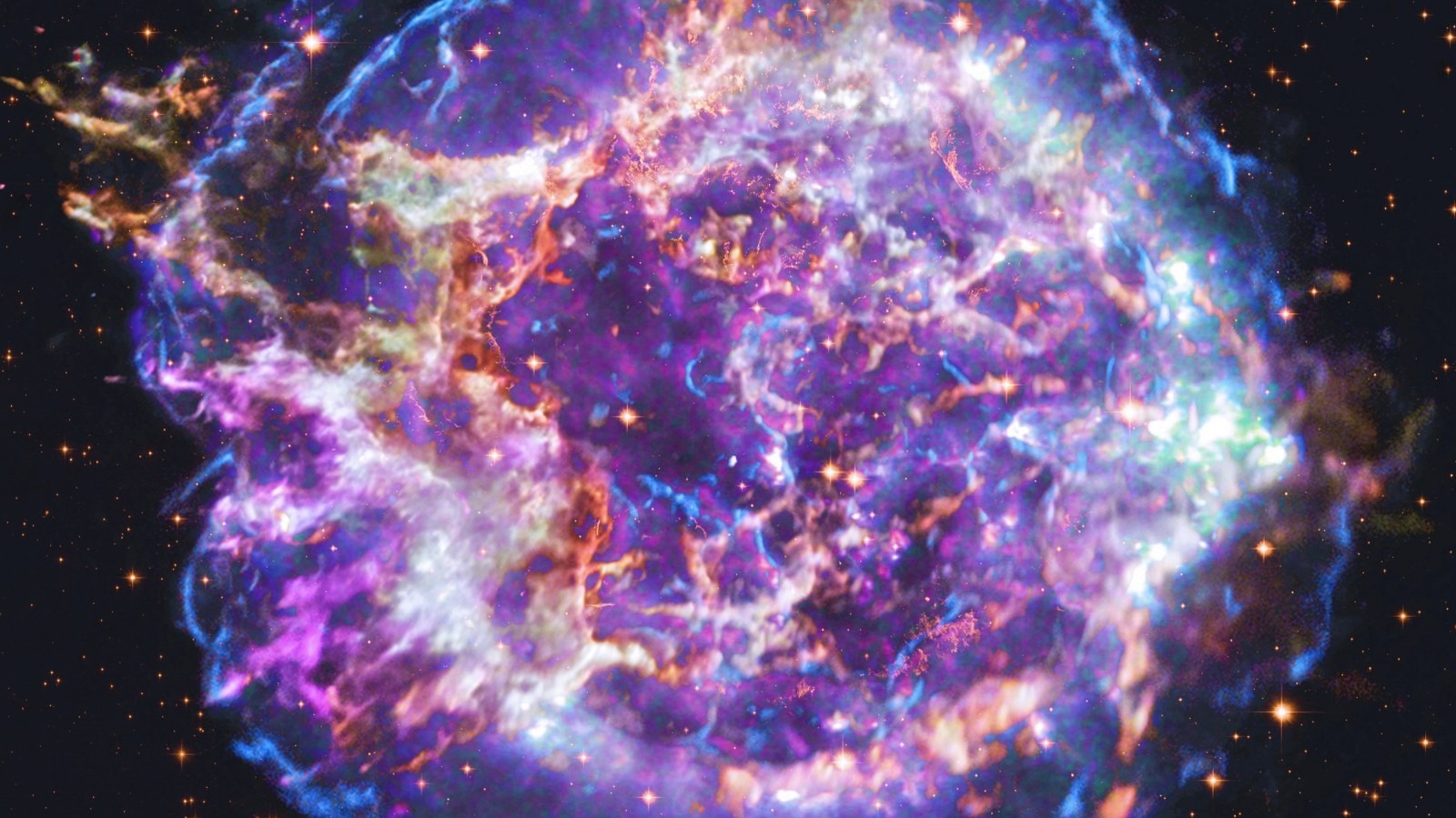Credit
Introduction:
The universe has always fascinated mankind, and we have been trying to unravel its mysteries for centuries. One of the most significant scientific discoveries in this regard was the observation of variable stars and supernovae, which helped us understand the vastness of the universe. Edwin Hubble was one of the pioneering astronomers who used the Hooker Telescope to make these groundbreaking observations. In this blog, we'll delve into the details of the Hooker Telescope's role in Hubble's observations of variable stars and supernovae.
Variable Stars:
Variable stars are stars whose brightness changes over time. Hubble used the Hooker Telescope to observe variable stars in the Andromeda Galaxy, which was previously thought to be a nebula within the Milky Way. However, by measuring the distance to these stars, Hubble showed that the Andromeda Galaxy was a separate galaxy, far beyond the Milky Way.
Supernovae:
Supernovae are the explosive deaths of stars, which can release more energy in a few weeks than our sun will in its entire lifetime. Hubble used the Hooker Telescope to observe the first known extragalactic supernova, known as SN 1923A, in the spiral galaxy NGC 6822. By observing the changes in brightness over time, Hubble was able to determine the distance to the galaxy and show that it was far beyond the Milky Way.
The Hooker Telescope:
The Hooker Telescope is a reflecting telescope with a 100-inch mirror, making it one of the largest telescopes of its time. It was designed and built by George Ellery Hale, who was also responsible for building the 60-inch and 200-inch telescopes at Mount Wilson Observatory. The Hooker Telescope was completed in 1917 and was used extensively by Edwin Hubble to make some of the most groundbreaking discoveries in astronomy.
Conclusion:
The Hooker Telescope played a crucial role in Edwin Hubble's observations of variable stars and supernovae. By using this telescope, Hubble was able to measure the distances to these objects and show that they were far beyond the Milky Way. This led to a complete paradigm shift in our understanding of the universe, and the Hooker Telescope will always remain a landmark instrument in the history of astronomy.
